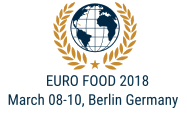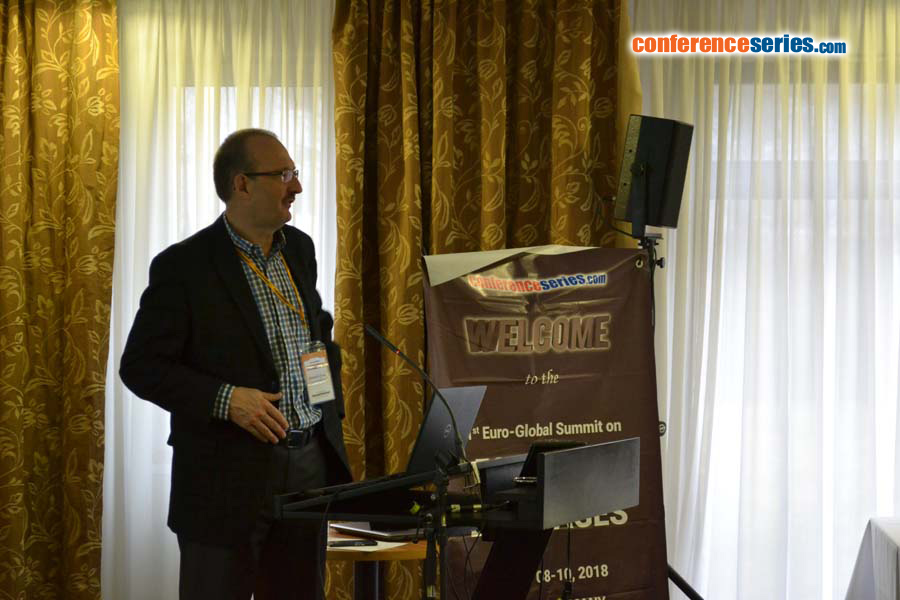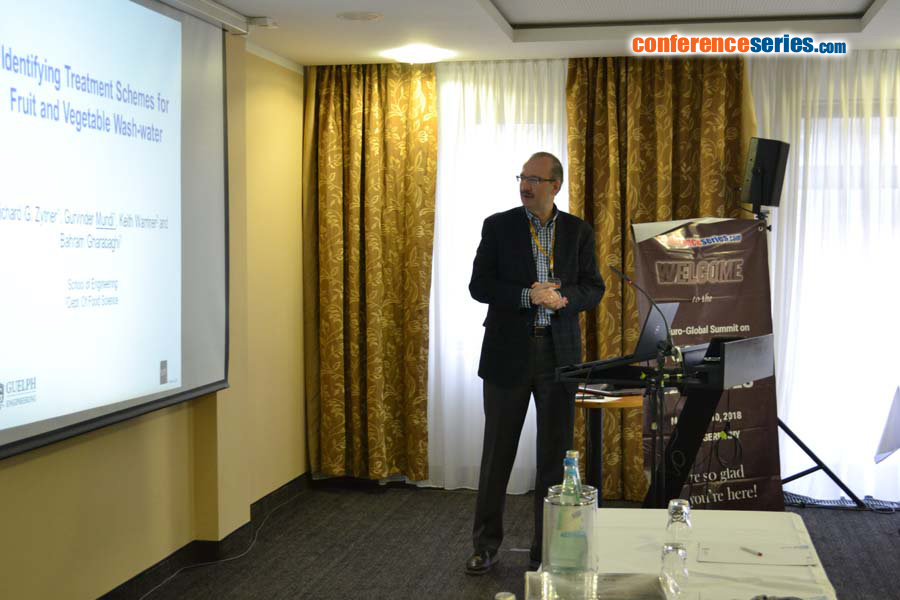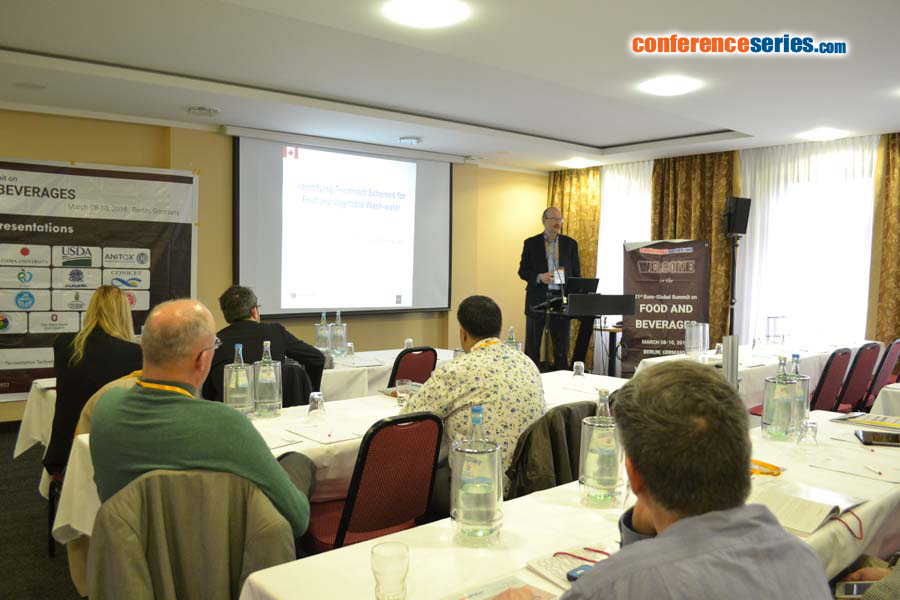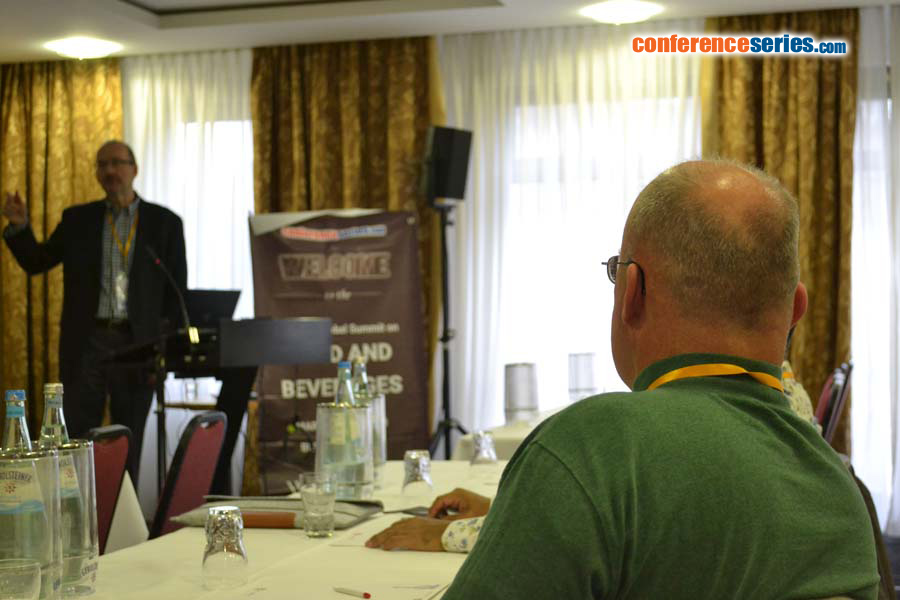
Richard G Zytner
University of Guelph, Canada
Title: Identifying treatment schemes for fruit and vegetable wash-water
Biography
Biography: Richard G Zytner
Abstract
The fresh-cut fruit and vegetable sector continues to expand as consumers are looking for fresh yet convenient ready-to-eat foods. The driving force behind this increase is the many health benefits that researchers continue to report for fruits and vegetables. Investigations have shown that the processing of fresh-cut fruits and vegetables generates about 5 liters of wastewater (wash-water) per kg of produce, whether it is fruit, leafy greens or root vegetables. This wash-water requires treatment prior to disposal or recycling. Generic water treatment units are too expensive for most small to medium sized operations, which require more affordable technologies. Even though there are a variety of treatment technologies available, the challenge for producers and regulators is that the selection of the appropriate treatment technology is difficult, and tools are needed to help make the
decisions. Data for the research was collected by collecting samples from two different types of operation, washing and washing and processing. Various bench scale treatment processes where then tested, including settling, coagulation and flocculation with settling, centrifuge, dissolved air flotation, electrocoagulation, screening and hydrocyclone. The decisions tools developed decision matrices to summarize the removal effectiveness of the different treatments for typical wastewater parameters and serve as a reference tool in understanding wash-water treatment technologies and their effectiveness in treating various wash-waters. The data was then further analyzed to develop predictive correlations for raw wash-waters, followed by the development of models that identified which treatment process worked best for the type of wash-water being handled. Combining the decision matrices, correlations, and models also show the potential for water reuse. For example, wash-water high in suspended solids can
be treated by electrocoagulation and settling. The tools provide information that growers, government and consultants can use in determining treatment options that were not previously available or studied in literature.
